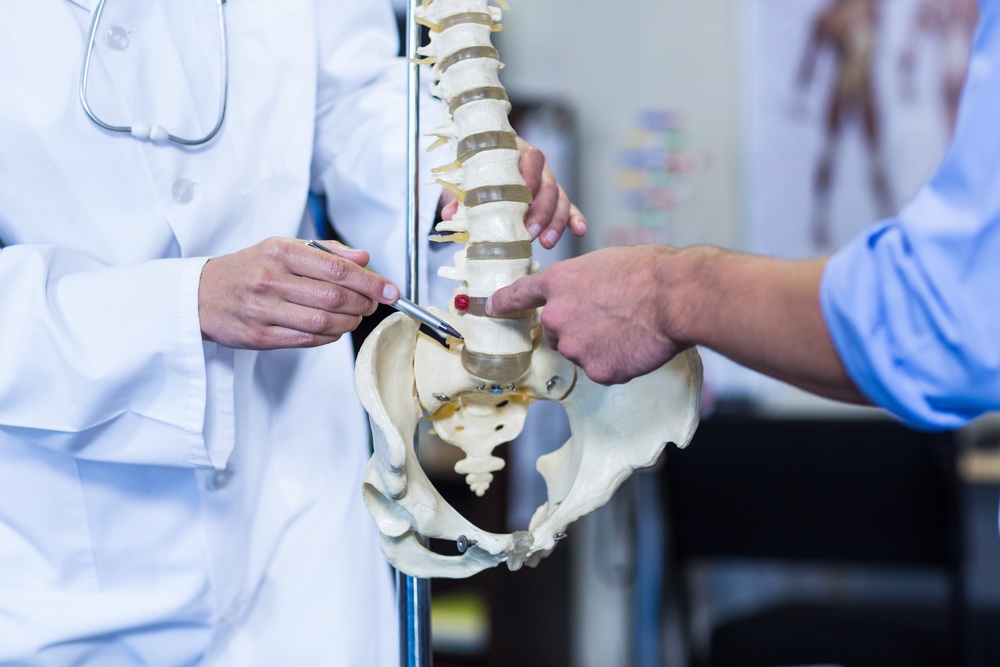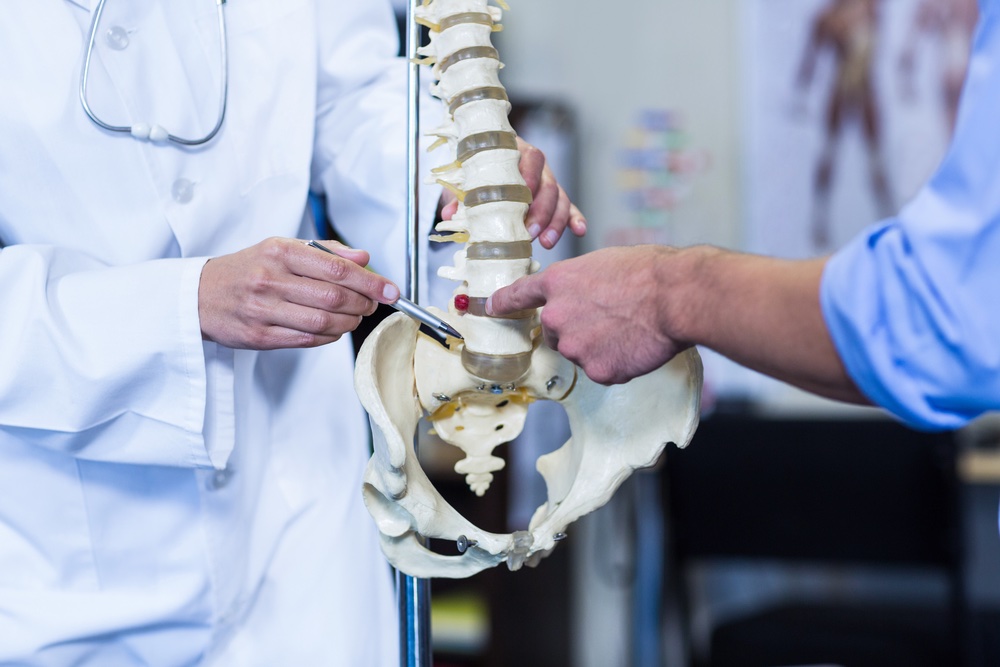
Disc herniations are a common medical condition that can cause significant discomfort and impact a person’s quality of life. Whether you’re experiencing back pain or want to be informed about this condition, read on to gain valuable insights.
What Are Disc Herniations?
To begin, let’s define what disc herniations are. Also known as herniated discs or slipped discs, disc herniations occur when the soft inner core of a spinal disc protrudes through the tough outer layer. This can result in irritation or compression of nearby nerves, leading to pain and other symptoms.
Types of Disc Herniations
Not all disc herniations are the same. There are different types based on their location and severity. The most common types include:
- Lumbar Disc Herniation: This type occurs in the lower back and is a frequent cause of sciatica, characterized by leg pain and numbness.
- Cervical Disc Herniation: Cervical disc herniations affect the neck area and can lead to neck pain and radiating arm pain.
- Thoracic Disc Herniation: Thoracic disc herniations are less common and usually impact the mid-back region.
- Symptomatic vs. Asymptomatic Herniations: Not all disc herniations cause symptoms. Some people may have herniated discs without experiencing any pain or discomfort.
Causes of Disc Herniations
Now that we’ve covered the basics, let’s delve into what causes disc herniations. Several factors contribute to this condition:
- Age-related Degeneration: Our spinal discs lose moisture and become less flexible as we age, making them more susceptible to herniation.
- Trauma and Injury: Accidents or injuries that put excessive pressure on the spine can lead to disc herniations.
- Poor Posture and Body Mechanics: Improper lifting techniques and bad posture can strain the spine, increasing the risk of disc herniations.
Recognizing the Symptoms
Disc herniations can manifest in various ways, and the symptoms often depend on the location and severity of the herniation. Common symptoms include:
- Back Pain: A persistent, dull ache in the affected area.
- Radiating Pain: Pain that extends to the arms or legs, depending on the location of the herniation.
- Numbness and Tingling: Sensations of pins and needles in the affected limbs.
- Muscle Weakness: Weakness in the muscles served by the affected nerves.
Diagnosis and Treatment
If you suspect a disc herniation, seeking medical evaluation is essential. Diagnosing a disc herniation typically involves:
- Physical Examination: The doctor will assess your symptoms, reflexes, and muscle strength.
- Imaging Tests: X-rays, MRI, or CT scans may be used to visualize the herniation.
Once diagnosed, treatment options in traditional medicine include:
- Rest and Activity Modification: Avoiding strenuous activities and adopting a more spine-friendly lifestyle.
- Physical Therapy: Targeted exercises to improve strength and flexibility.
- Medications: Pain relievers and anti-inflammatories to manage discomfort.
- Epidural Steroid Injections: Steroids are injected near the affected nerve to reduce inflammation.
- Microdiscectomy: Surgical removal of the herniated disc material.
Non-Surgical Options at Texas Nerve and Spine
In addition to the treatments mentioned above, there are non-surgical approaches that can be more beneficial for managing disc herniations:
Spinal Decompression Therapy
Spinal decompression therapy is a non-invasive treatment option that involves the use of a special table or device to stretch the spine gently. This helps relieve pressure on the affected disc, promoting the retraction of the herniated material. Many patients find relief from their symptoms after a series of spinal decompression sessions.
Neuro Impulse Therapy
Neuro Impulse Therapy, also known as NIT, focuses on stimulating the nervous system to encourage the body’s natural healing processes. NIT can help reduce pain and inflammation associated with disc herniations, making it a promising non-surgical option for some patients.
Disc herniations can be a painful and disruptive condition, but with the proper therapies, individuals can find relief and regain their quality of life. You don’t have to be on harsh prescriptions or under go surgery. It’s essential to consult a healthcare professional if you suspect a disc herniation, who looks at the root cause of the issue, as early diagnosis and intervention can make a significant difference.
Frequently Asked Questions (FAQs)
- Is surgery the only treatment for disc herniations?
- No, surgery is usually considered a last resort when conservative treatments do not provide relief. Many people find relief through non-surgical methods.
- Can disc herniations heal on their own?
- Sometimes, the body can naturally reabsorb the herniated disc material over time, leading to symptom improvement.
- How can I prevent disc herniations?
- Maintaining a healthy lifestyle, including regular exercise, good posture, and safe lifting techniques, can help reduce the risk of disc herniations.
- What is the recovery time after disc herniation surgery?
- The recovery time varies depending on the type of surgery and individual factors. It may range from a few weeks to several months.
- Are there any alternative therapies for disc herniations?
- Many individuals find relief with the Brain to Body Strengthening System.



